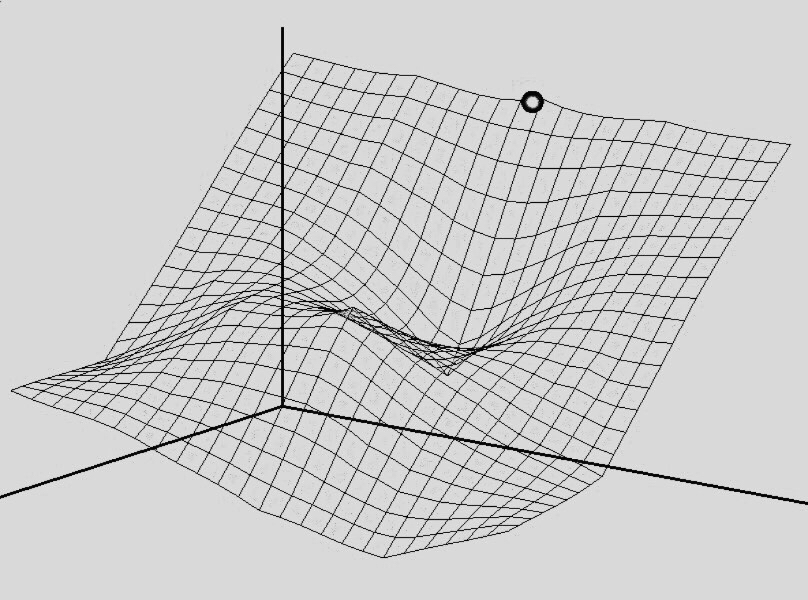Reporting by Helen Hill for CBIOMES
Senior Research Scientist Francois Ribalet and his team use underway flow cytometry to collect information about the abundance and size of small phytoplankton in the surface ocean. In a new paper published in the journal Scientific Data Ribalet, together with others from the UW-CBIOMES team and elsewhere, share their compilation of Northeast Pacific Ocean underway flow cytometry data collected over the past decade.
“The abundance and distribution of different groups of phytoplankton reflect a combination of prevailing environmental conditions and resulting food-web dynamics,” says Ribalet, who is the Principal Investigator for the Simons funded Computational Flow Cytometry Analysis of Marine Phytoplankton project. “Flow cytometry is well-suited to mapping the distribution of phytoplankton because of their relatively high abundance and the innate fluorescence of their pigments. However, the cellular chlorophyll fluorescence of species like Prochlorococcus, the most abundant photosynthetic organisms on the planet, is near the detection limit of most commercially-available flow cytometers, so to overcome this we created SeaFlow.”
SeaFlow is an underway flow cytometer custom-built to provide continuous shipboard observations of the abundance and optical properties of small phytoplankton (< 5 μm). “SeaFlow eliminates the traditional need for a sheath fluid by employing a unique optical system that relies on three photodetectors, including two position-sensitive detectors, to create a virtual core in the sample stream within which the properties of particles are accurately measured,” explains Ribalet. “In this way, the instrument is able to continuously sample surface seawater from a ship’s flow-through the seawater system.”
The data Ribalet et al present were collected from surface waters ( ≈5 m depth) during 27 cruises made between 2010 and 2018 that deployed SeaFlow, collectively sampling a 32,500 km path through the Northeast Pacific Ocean. The set includes 14 near-monthly cruises beginning in 2015 providing seasonal distributions at the long term sampling site (Station ALOHA) of the Hawaii Ocean Time-Series.
“Marine phytoplankton are responsible for about half of the planet’s annual production of oxygen and organic carbon, and thus play a significant role in mediating global biogeochemical cycles. Models based on compilations of flow cytometry measurements from recent decades predict that the distributions of cyanobacteria, picophytoplankton, and nanophytoplankton may change significantly in future oceans as the surface waters warm and nutrient supply is reduced,” Ribalet reflects.”The availability of high-resolution quantitative information on the temporal and spatial distributions of phytoplankton populations in the ocean of this kind is therefore critical to understanding how these organisms interact with their environments and help us project how that may change over time.”
François Ribalet, Chris Bertiaume, Annette Hynes, Jarred Swalwell, Michael Carlson, Sophie Clayton, Gwenn Hennon, Camille Poirier, Eric Shimabukuro, Angelicque White, E. Virginia Armbrust (2019), SeaFlow data v1, high-resolution abundance, size and biomass of small phytoplankton in the North Pacific, Scientific Data, doi: 10.1038/s41597-019-0292-2
Get the PDF [Requires login]
Story image: SeaFlow’s unique optical system relies on three photodetectors to create a virtual core in the sample stream within which the properties of particles are accurately measured – image courtesy: Invitrogen.
Related
“Size distribution, biomass and abundance of picophytoplankton in surface waters” February 2019 CBIOMES e-meeting (login required)


